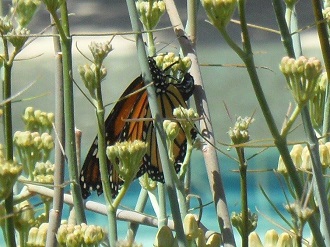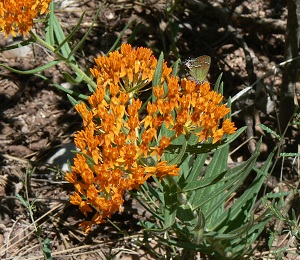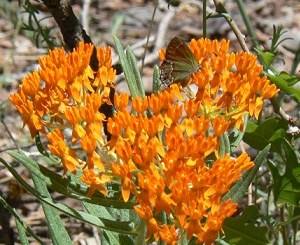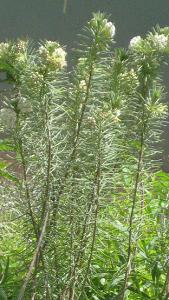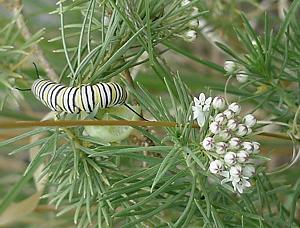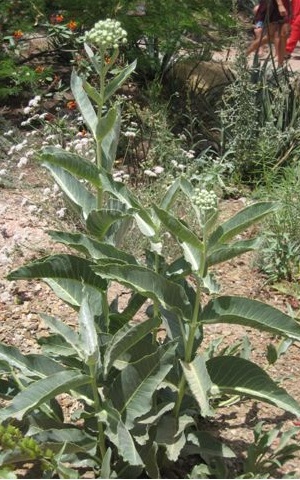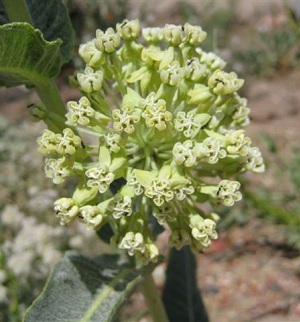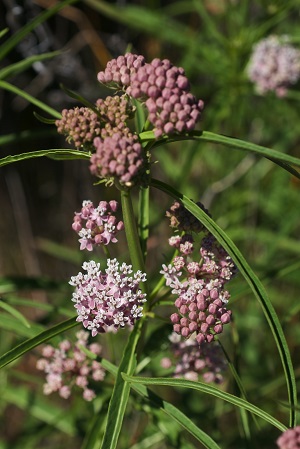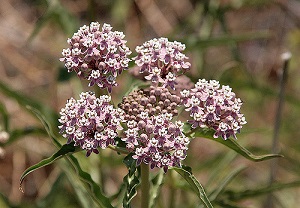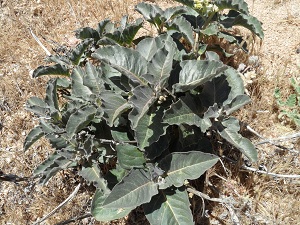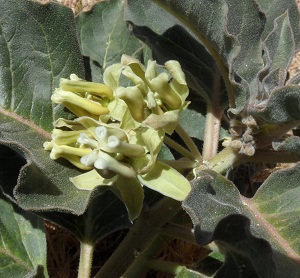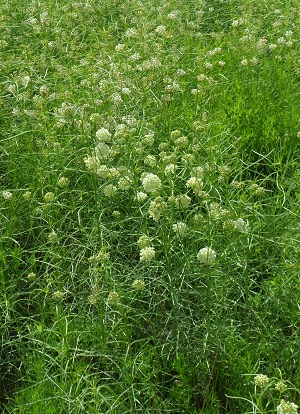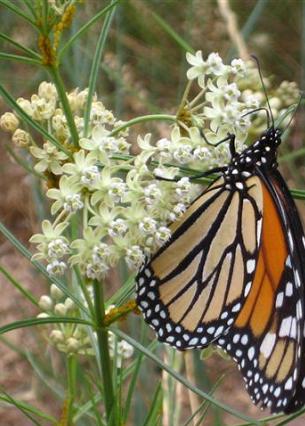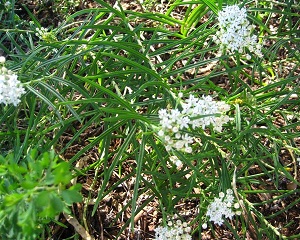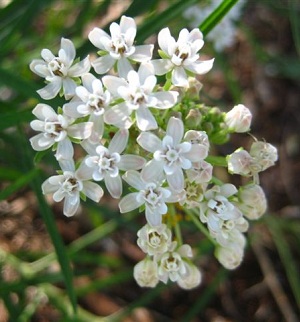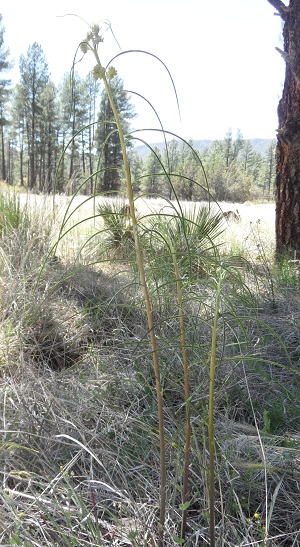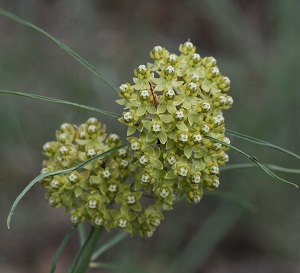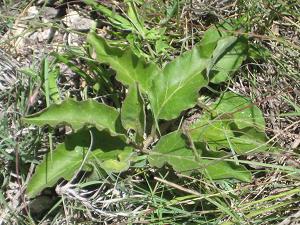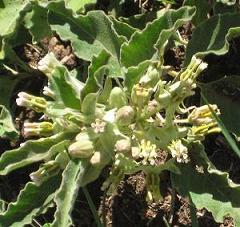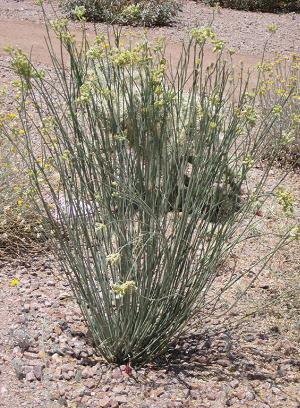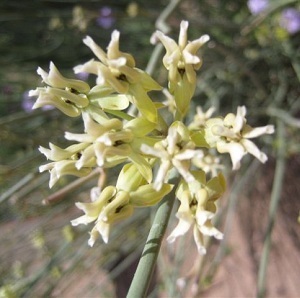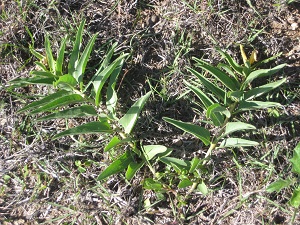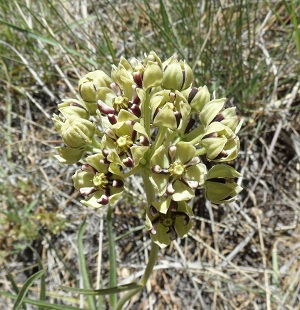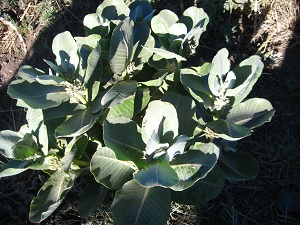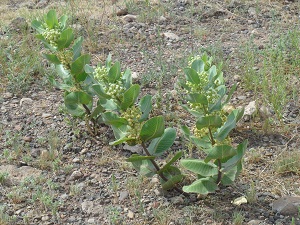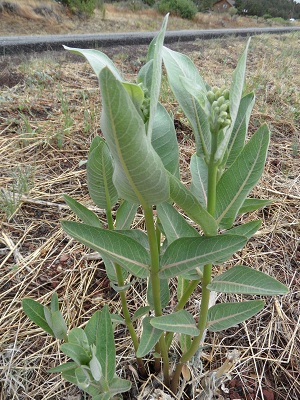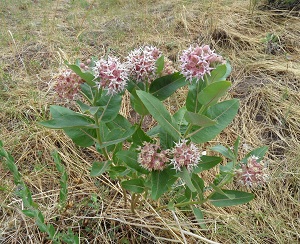
|
|||||||||||||||||||||||||||||||||||||||||||||||||||||||||||||||||||||||||||||||
Importance of Milkweed
Want to grow your own milkweed from seeds? Click here Best practices for growing and watering new milkweed seedlings Click here Cold stratification not always needed for milkweed seeds in the southwest Click here Pollinator Plants of the Desert Southwest-Native Milkweeds Click here Tropical Milkweed (Asclepias curassavica) In The News Table of contentsAntelope Horns or Spider Milkweed (Asclepsias asperula) Tropical Milkweed Blood Flower (Asclepias curassavica) Engelmann’s Milkweed (Asclepias engelmanniana) Desert Milkweed (Asclepias erosa) Rush (Desert) Milkweed (Asclepias subulata) Narrowleaf Milkweed (Asclepsias fascicularis) Broadleaf or Popcorn Milkweed (Asclepsias latifolia) Pine-needle Milkweed (Asclepias linaria) Mojave Milkweed (Asclepias nyctaginifolia) Zizotes Milkweed (Asclepias oenotheroides) Showy Milkweed (Asclepsias speciosa) Horsetail Milkweed (Asclepias subverticillata) Butterfly Weed (Asclepias tuberosa)
|
|||||||||||||||||||||||||||||||||||||||||||||||||||||||||||||||||||||||||||||||
|
Unless specified otherwise, all data Copyright © 2010-2021 Southwest Monarch Study Inc. Information from this site may not be copied or distributed without prior written approval from Southwest Monarch Study |
|
Webdesign Copyright © 2010-2020 Southwest Monarch Study Inc. |


